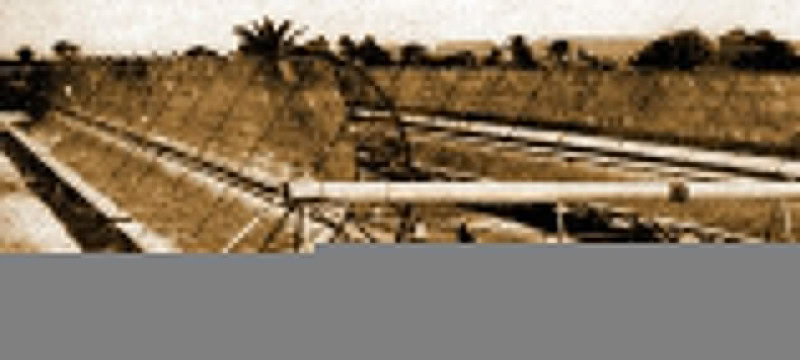Before World War One, the first solar power station in the world was built by a man with a vision for cleaner air. It was the age of coal and iron in the early 1900s. The industry was raucous and dirty, belching coal smoke far and wide.
Things had already gotten out of hand in Philadelphia, one of the industrial hotspots on the US Eastern Seaboard. The city’s administration established their own rule for better air in 1904, around 50 years before the nation’s Air Pollution Act of 1955. The quantity of smoke allowed in chimneys, open areas, and flues was restricted, and those who released gases with a “certain degree of darkness” were fined.
An American inventor entered this globe with a straightforward idea: to harness solar energy and utilize it to power equipment. Ideas like his have taken more than a century to gain traction, but things may be about to change. Earlier in April, the energy experts Ember released a research in which they predicted that the production of energy from fossil fuels will peak this year. (Read more about the significance of these renewable energy tipping points.)
Although the technology that would contribute to this tipping point may have matured in the 1980s, Frank Shuman’s desire to harness the power of the Sun demonstrates that the seeds were planted far earlier. Shuman created a technique for reinforcing glass using internal wires in the 1890s. The glass was less prone to shatter into dangerously sharp shards, was more fire-resistant, and also kept together when it broke.
Institutions like jails and schools adored it. Shuman, who had begun his professional career in Virginia, later relocated to Philadelphia to work for his uncle’s metalworking business. The Philadelphia business was casting a statue of Pennsylvania’s founding father William Penn and needed to figure out how to electroplate it with aluminum to shield it from the polluted air high above City Hall. He launched a business selling his patented “Safe-tee Glass” at the same time.
Shuman, an avid inventor, has long been attracted by the idea of generating energy via natural forces. According to Dougherty, “Shuman was well aware of the ever-present annoyance of coal smoke.” “He asserted that a result of his invention would [mean] ‘the air of the cities will be healthy and pure’ in advertising materials for his direct-acting solar engine.
ALSO READ: Is Pakistan ready for electric vehicles?
Shuman’s prediction of the depletion of this resource was well ahead of its time since our riverfronts were lined with oil refineries, coal yards, and inexpensive fossil fuels. Shuman started working from a complex he had erected at his house in the northeastern neighborhood of Tacony, Philadelphia, in 1906 to develop an engine driven by a safety-glass fortune.









